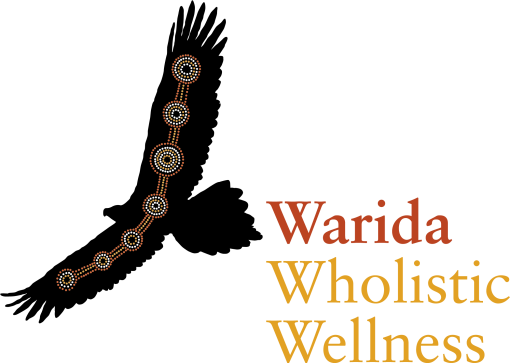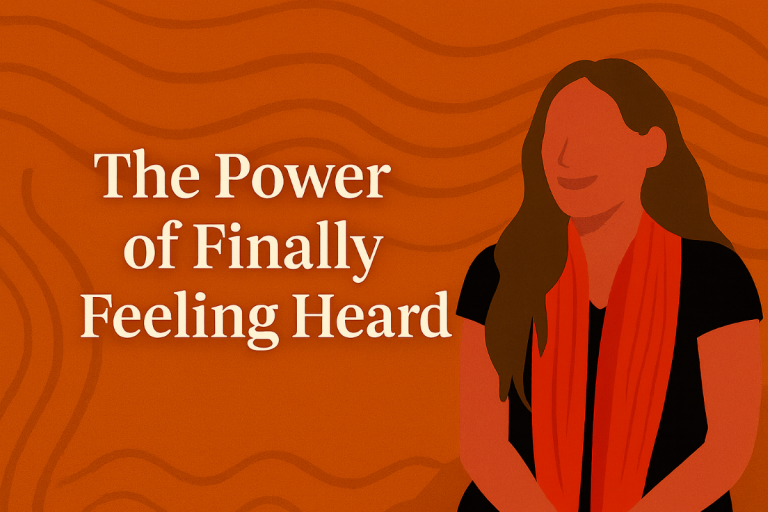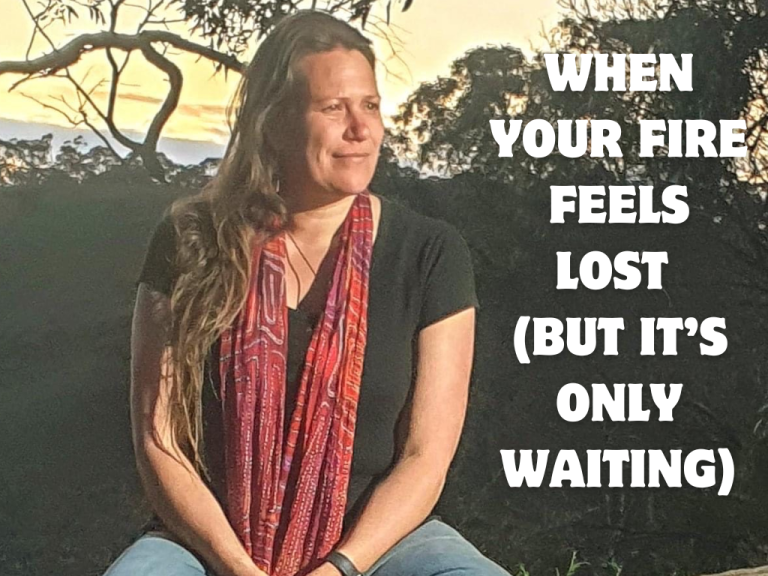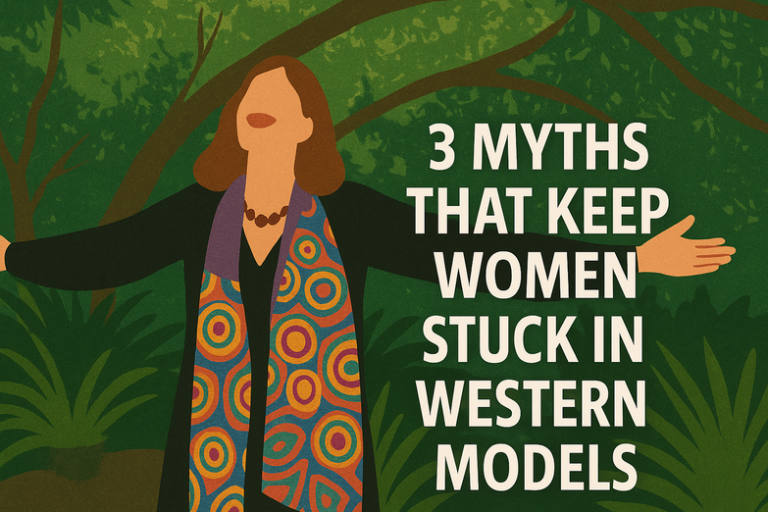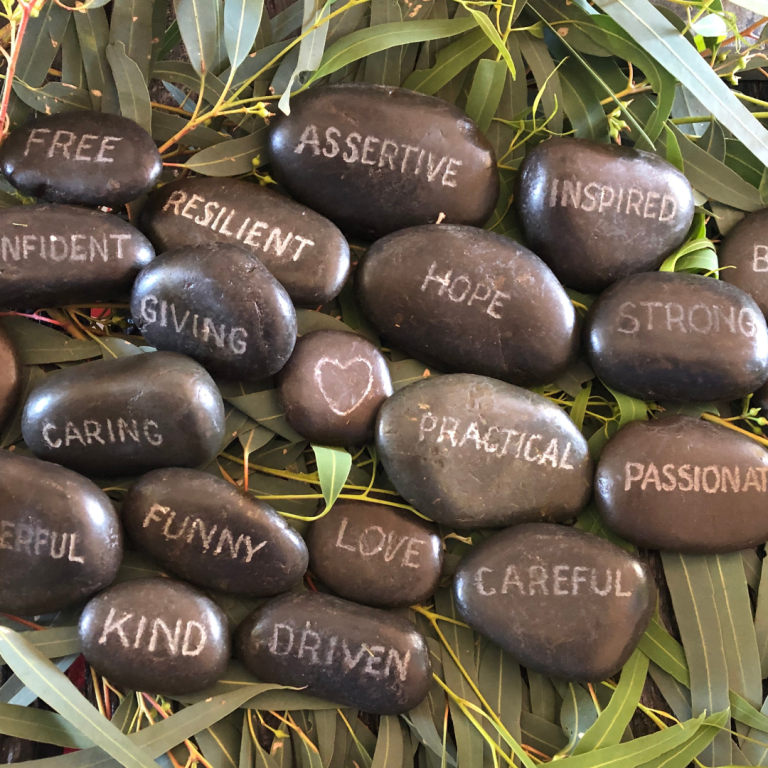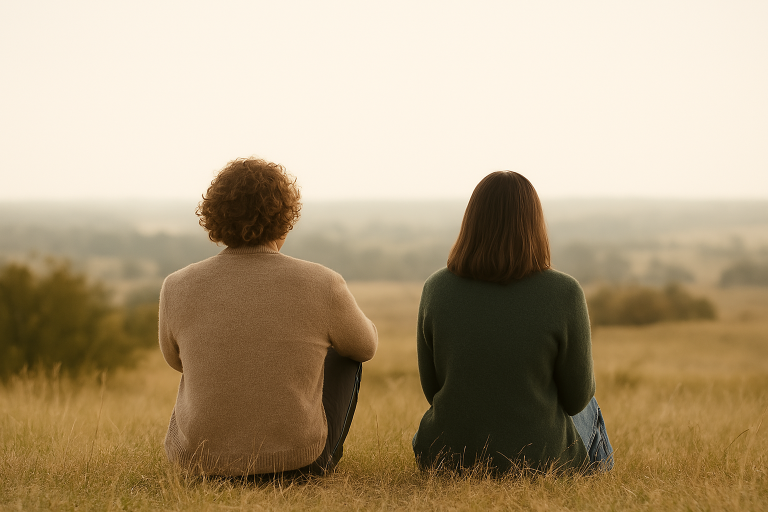Whitmore quotes Gallwey about the essence of coaching; “coaching is unlocking people’s potential to maximize their own performance” (Whitmore, 2015, pg. 10). Whitmore goes further to say,
“Coaching is therefore the essential management style or tool for optimizing people’s potential and performance. Commanding, demanding, instructing, and persuading with threats, overt or covert, cannot produce sustainable optimum performance, even though it may get the job done” (Whitmore, 2015, pg. 95).
The most technically skilled instructor / coach in the world would still struggle to coach an individual or group if they pay little attention or awareness to a student’s inner performance blockages, goals, modes of communication or a student’s preferred learning modalities. Good coaches may do this subconsciously, great coaches utilise these skills consciously. My next blog will consider modes of communication, however I’d like to discuss goals and fear / anxiety in this one.
Goals
Most people are aware of the importance of setting realistic and achievable goals. It is critical that mutually agreed goals are set by both the Coach AND the student at the beginning and reviewed part way through the session. It is important that the goals are referred to during the session so that the student is aware how they are performing against these, with feedback sought from the student and provided by the coach. This will form part of the final feedback at the end of the session.
It cannot be stressed enough that Coaching is NOT about determining the aim of the session in isolation from the student. The Coach can plan the session to address a specific skill or combination of skills, but the student should still be asked the question, ‘what are you wanting to achieve in this session’. The importance of this question cannot be stressed enough. This helps build rapport and the answer may provide the coach with some insight into information that they may not have been aware of. Most importantly, however, is that involving the student in the tasks for the session creates co-ownership. This is ultimately the student’s journey, NOT the coaches (Whitmore, 2015, pp. 58-66).
SMART Goal Flyer
Fear and Anxiety
“We tend to get what we focus on. If we fear failure, we are focused on failure and that is what we get” (Whitmore, 2015, pg. 63).
Anyone commencing a new skill is possibly going to be faced with a mixture of excitement, fear and anxiety. This is especially significant when combining horse riding without reins AND shooting a weapon or in the case of vaulting; moving away from a position of stability (riding astride) to moving around the horse with minimal points of contact. It is a coaches’ role to understand and manage this anxiety / fear to ensure the best outcome and experience for both the horse and the rider. If the personality of the coach is one of openness, being authentic and non-judgemental; a rider is more likely to feel safe in expressing their anxiety. This enables to coach to implement strategies to assist with managing the rider’s emotional state.
I cannot stress enough that it is the coaches’ responsibility to be attentive and receptive to these needs. Remember (and I’m going to sound like a broken record), this is the athlete’s session not the coaches’.
Daley and Becton ( 2012) sum this up perfectly:
“…when it comes to learning to overcome fear, the rider is always in control of the lesson. When a student enters your barn and tells you that she is afraid, you should immediately adjust your priorities and goals accordingly. Your goal is not to get the student to do a task physically; your goal should be for her to be emotionally fear free when she undertakes the physical task” (Daley & Becton, 2012, pg. 107).
It may be that the student doesn’t verbalise their fear, but you notice the horse’s behaviour has changed. Picking up the change in the horse’s body language (or the student’s), can provide the coach with an insight to ask the student if they are feeling uncomfortable or anxious about anything. Quite often the student will nod with relief that they don’t need to pretend confidence further. This is where the coach can implement strategies to assist the student. This may be simply walking with the student, singing a slow and low toned song with them, or if they are exhibiting a strong fear response – getting them to dismount. There are a multitude of strategies that can be implemented depending on what is concerning the student. It is important for the coach to understand that when a person is having a significant fear response, it is likely that they are beyond being able to follow / process instruction. The old saying “get straight back on the horse if you fall off’, can be detrimental and high risk if a student is in this zone.
Reinforcing fear or anxiety helps no-one, least of all the student and certainly not the horse.
Summary
This blog was to give both students and coaches an understanding of a collaborative, anxiety free process to maximise skill development and learning. There are incredible coaches around Australia, that understand and implement these principles. Choose wisely.
Until next blog,
Bianca Stawiarski
Transformational Coach
Equestrian Australia Vaulting Coach (intro)
National Horse Archery Association USA Horse Archery Instructor – Level 2
